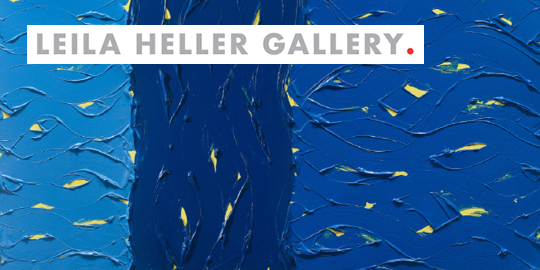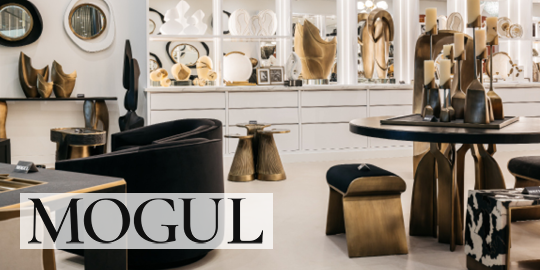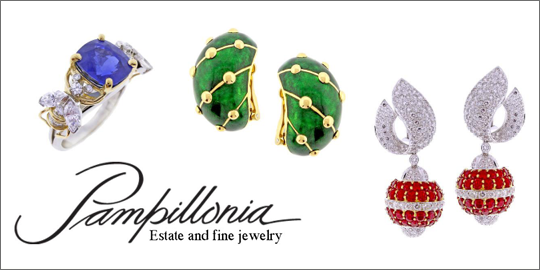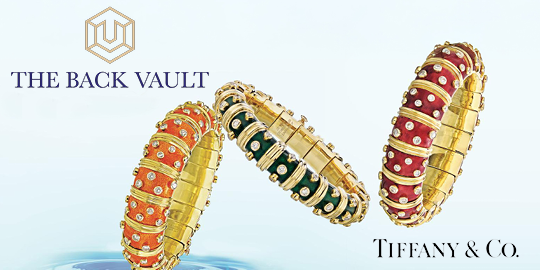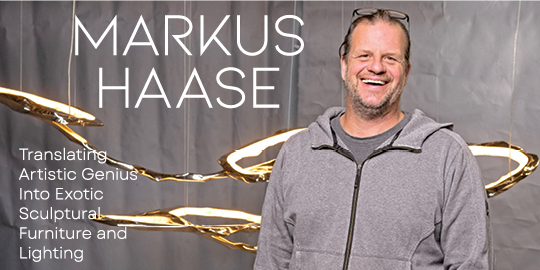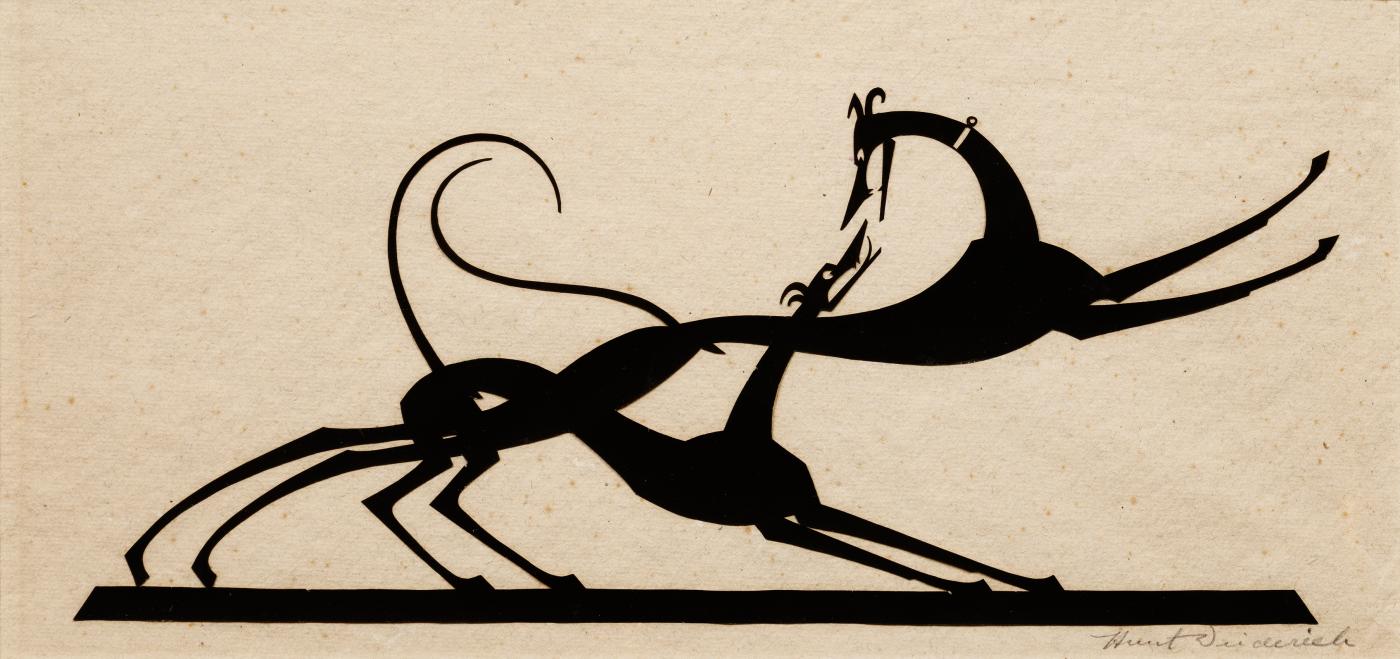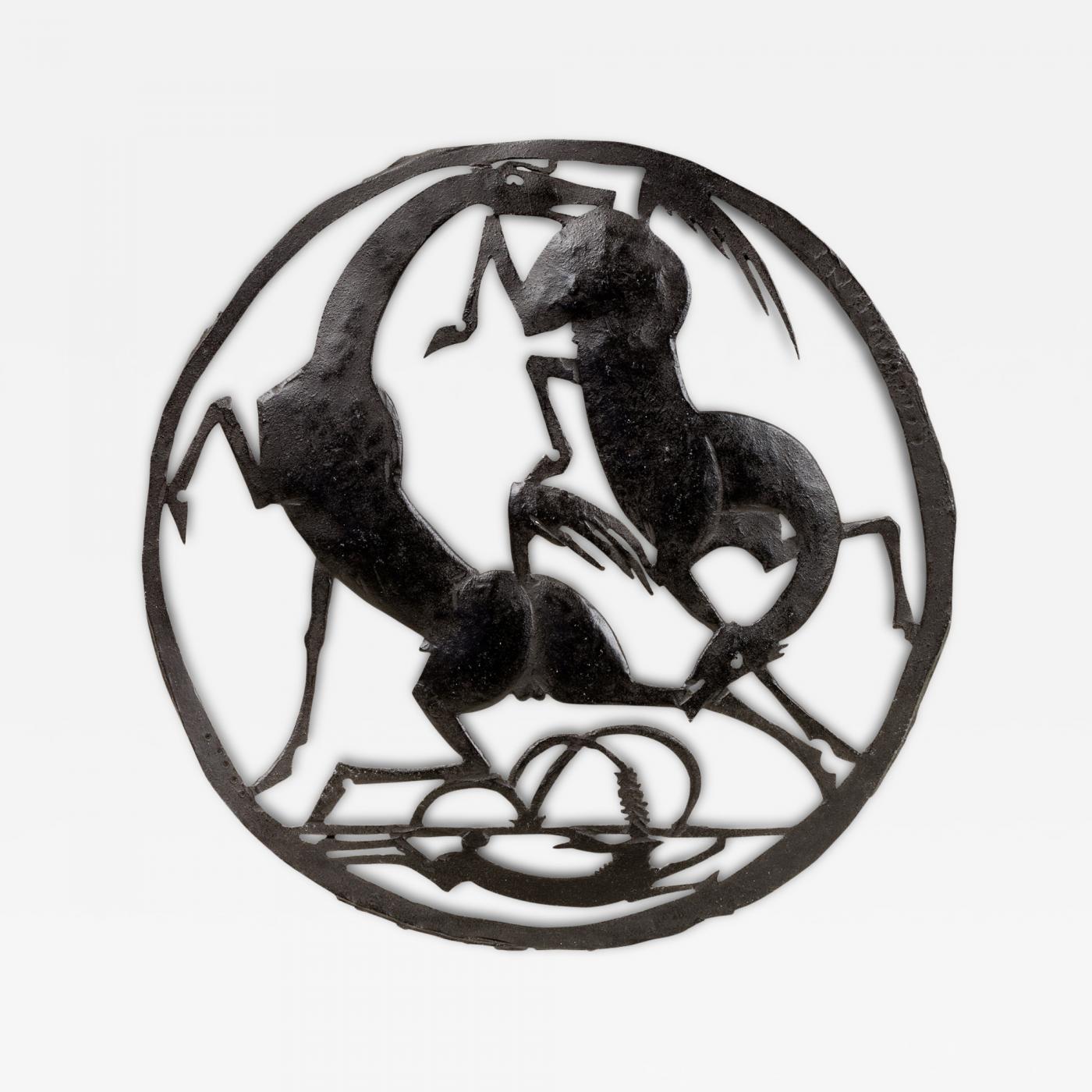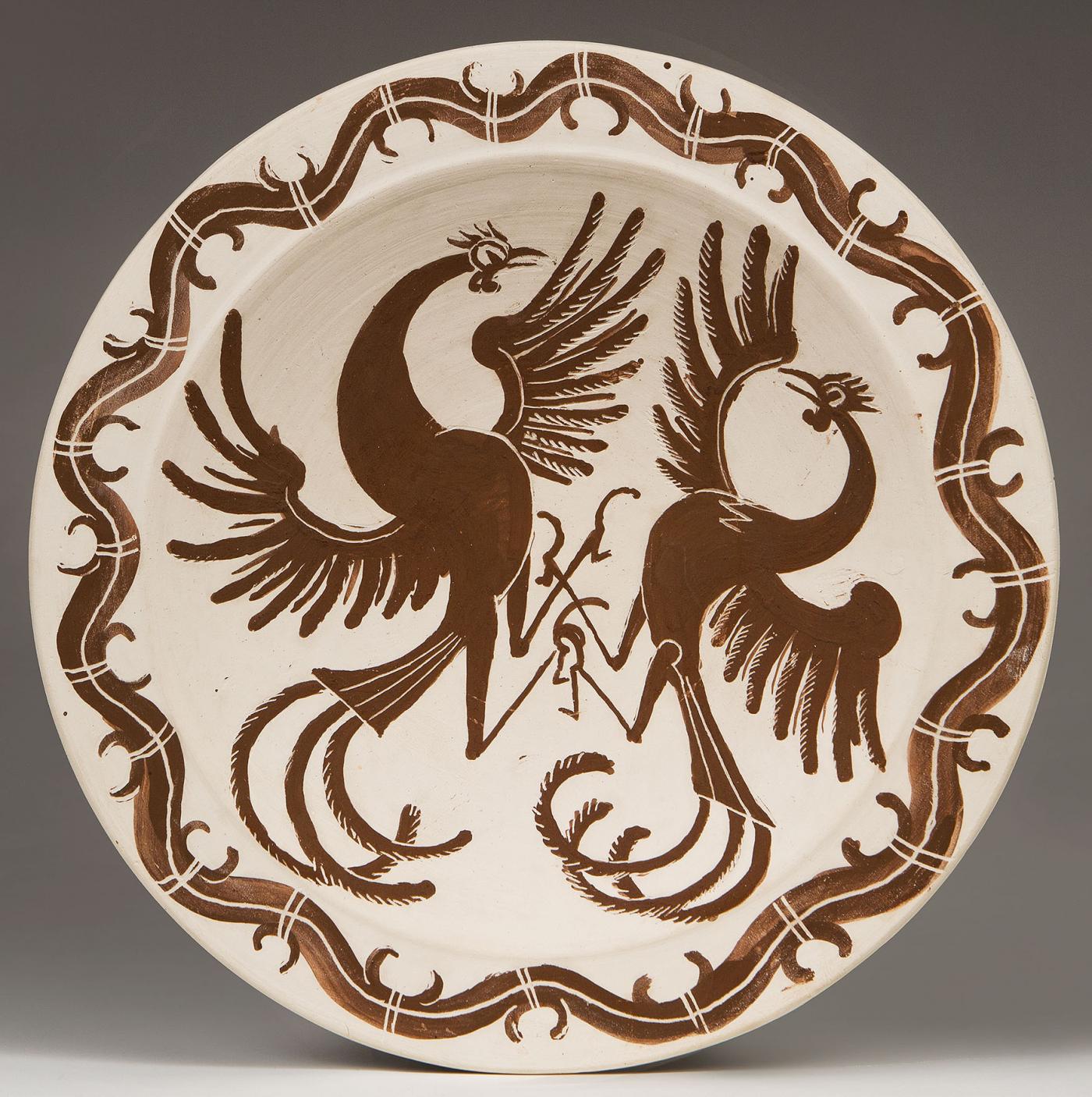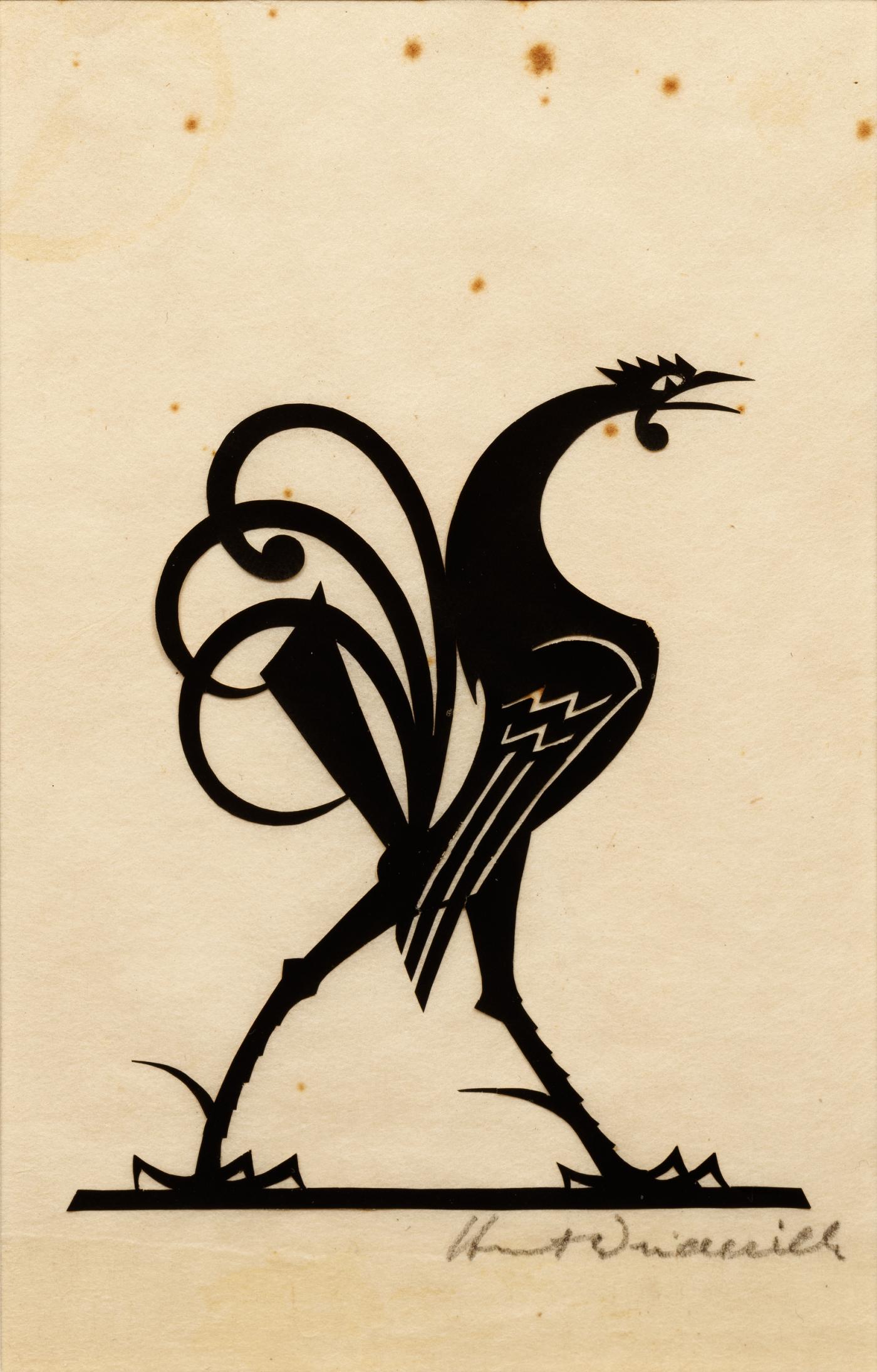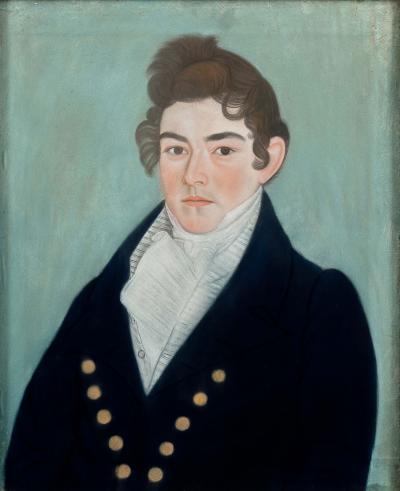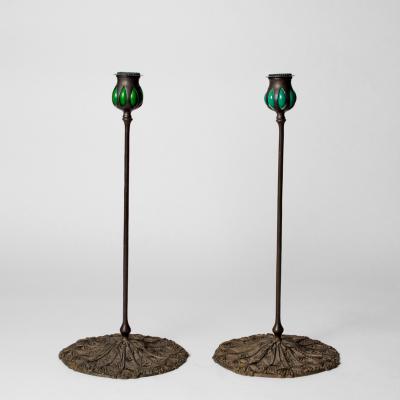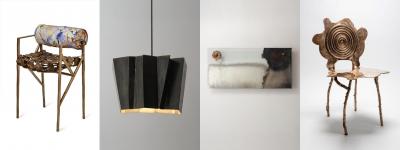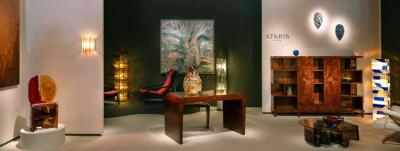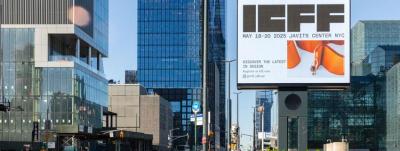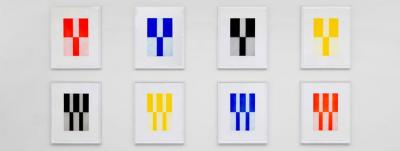Exploring the Modern Designs of William Hunt Diederich at D. Wigmore Fine Art
The multi-talented Modernist William Hunt Diederich (1884-1953) began making cut-out paper silhouettes of animals at the age of five. Born on a grand estate filled with hounds, horses and deer in Austria-Hungary, this fascination with the natural world started after the death of Diederich’s father, Colonel Ernest Diederich, in a hunting accident. The only recollection that Diederich had of his father was his devotion to horses and dogs -- a memory that would go on to inspire the artist throughout his career.
The grandson of the celebrated American painter William Morris Hunt, Diederich is best known for his silhouettes -- energetic, fluid forms that remain incredibly modern today. The New York gallery D. Wigmore Fine Art is currently hosting the exhibition Hunt Diederich: Making Sculpture Modern, which features a selection of works created between 1914 and 1929 that illustrate Diederich’s mastery of many media, from sculpture, metalworks and ceramics to paper silhouettes and drawings. According to Deedee Wigmore, President of D. Wigmore Fine Art, “A common thread in Diederich’s work is the use of the silhouette which informs all of his designs across media. It is a form of great simplicity in which the open empty areas allow the solid dark silhouette to pop. Handled with great skill the silhouette provides a fluid modern narrative that is direct and deceptively simple.” Together, the works on view at D. Wigmore Fine Art tell the story of how Diederich and his singular silhouettes expanded the meaning of sculpture to keep it relevant in the twentieth century.
Inspired by the quiet simplicity of folk art, Diederich created crisp and elegant silhouettes that coaxed graceful and seemingly weightless forms from unwieldy materials like iron and steel. His cut metal weathervanes, firescreens and chandeliers, adorned with the animals he revered, vibrate with movement and vigor. Wigmore adds, “Diederich believed in the principles of the Arts and Craft Movement promoted by the British artist William Morris that functional objects could be beautiful. Diederich carefully executed his metalworks so that in collectors’ homes they would have both beautiful and functional purposes. Diederich created firescreens, weathervanes, railings, and lighting which were used by the collectors that commissioned them. Some collectors still use their firescreens and talk of how the flames activate the imagery. Confirming Diederich’s connection to the Arts and Crafts Movement was his alliance with the Arts and Crafts colony Byrdcliffe near Woodstock. In the colony’s final days in the late 1920s, Diederich took over the pottery as his studio. We have two chargers that come from the family that created Byrdcliffe in our exhibition.”
Also included in the exhibition at D. Wigmore Fine Art are Two Greyhounds in the Round, a black paper silhouette accented with a gold outline, and Horse and Hare Trivet, which boasts similarly intertwined forms cut out of metal. Together, the works illustrate the fluidity of Diederich’s style between media, as do the silhouette Strutting Rooster and Fighting Cocks Charger. “My gallery’s goal is to make American Art accessible and to inform,” says Wigmore. “Our exhibition has thirty examples of Diederich’s distinctive work. Those who view it will be able to identify the artist’s work when they next encounter it.”
Hunt Diederich: Making Sculpture Modern will remain on view at D. Wigmore Fine Art through February 13, 2016. For more information click HERE.


